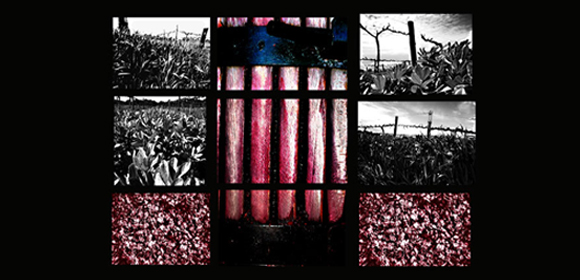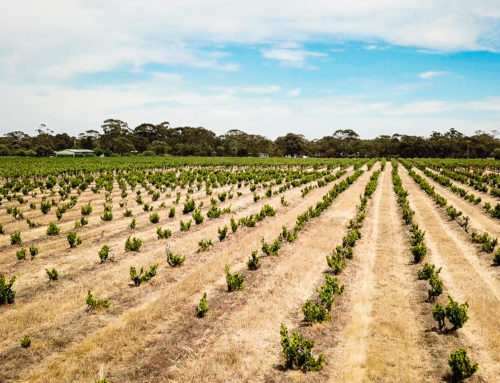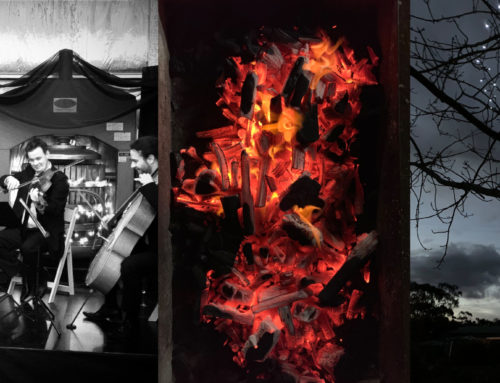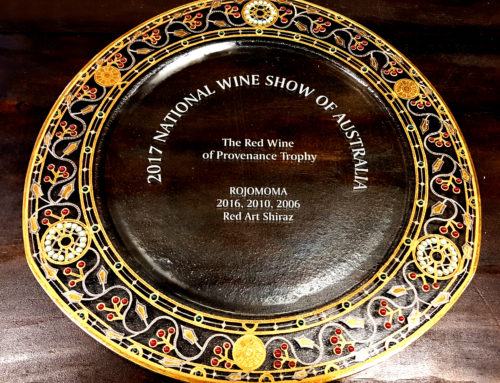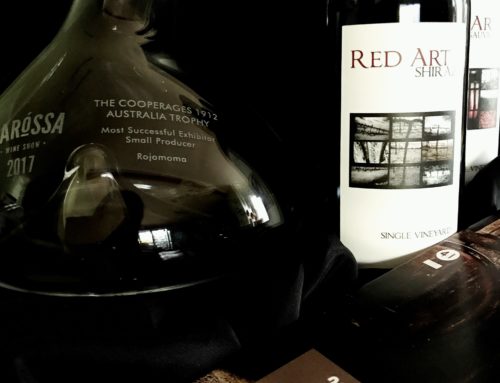The Cabernet Sauvignon vine was created back in the 17th century when Cabernet Franc was crossed with Sauvignon Blanc. It is quite a hardy variety, growing well in a range of climatic conditions. In cooler areas it can be necessary to crop thin and keep an open canopy to ensure the vine is capable of fully ripening the fruit.
Historically Bordeaux was most famous for its use of Cabernet Sauvignon. In more recent times Coonawarra, Chile and California have developed a great reputation for fantastic Cabernet Sauvignon. But this extends into many other regions such as the Barossa Valley and Italy (including forming a major component in the Super Tuscans from Tuscany).
The heavy tannin content and sometimes green pepper and herbal notes can make it a little harsh to drink when young. But it ages wonderfully in the bottle making a beautifully smooth, rich and complex aged wine.
The characteristics of Cabernet Sauvignon wine vary from cool to hot climates. In the cooler areas more herbaceous and green capsicum flavours come through. This is due to the high quantity of pyrazines present in less ripe Cabernet Sauvignon grapes. Pyrazines are natural compounds found in plants and are responsible for the green capsicum type aromas. Sunlight and ripening of the fruit break down the pyrazines. In warmer climates the wine is more intensely fruit driven (blackberry, blackcurrant, chocolate, cocoa, and violet) with strong tannins. In hotter climates where the fruit gets really ripe it shows strong jammy characteristics.
In Bordeaux Cabernet Sauvignon is blended with Cabernet Franc and Merlot, known as the “Bordeaux Blend” (often Petit Verdot and Malbec are also included). This is principally because it is a bit too cool to develop the richer Cabernet Sauvignon characteristics.
Chateau Mouton Rothschild is famous for its use of Cabernet Sauvignon in Bordeaux and there is an interesting story to this company. In 1922, the then 20 year old Phillipe de Rothschild took over the running of the business and by 1924 pioneered a major change to winery practices. Up until that point most of the wine produced in Bordeaux was sold to merchants in barrels with the producers passing over all rights to the final product. The merchant then bottled the wine, labelled it and sold it. Phillipe de Rothschild decided to bottle the 1924 vintage on his estate and label it himself. Rothschild had his label designed by the cubist graphic designer Jean Carlu. Below is a picture of the 1924 label.
This began the importance of wine labels as a communication tool about the wine. It represented the wine and the winery and spoke of the quality and region of origin. From then on Chateau Mouton Rothschild commissioned a different artist to design a new label each year. This is one of the classic examples of the use of art in commercial packaging design. Here are a couple of my favourites…



Interestingly the 1993 label was sold in the US without the Balthus image. It was actually approved for sale by the BATF (Bureau of Alcohol, Tobacco and Firearms) but a group called the Sexual Assault Response Team from California complained and asked the BATF to ban it. Chateau Mouton Rothschild chose to avoid further public response and instead sold the wine with a blank space where the Balthus image was meant to be.
Click on the link here if you would like to view the collection of labels The Artist Labels.
